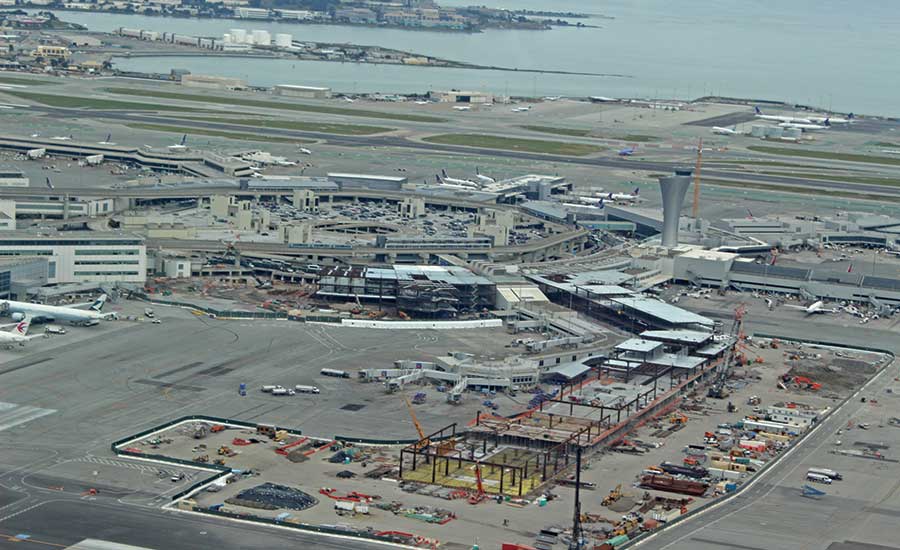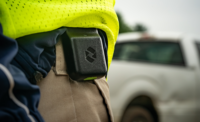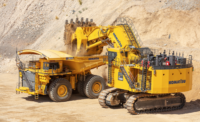Working to keep his company’s projects moving amid an unprecedented viral pandemic, Webcor Builders CEO and president Jes Pedersen says the industry is going to have to evolve quickly to keep up with the situation.
“It's difficult managing a crisis when you've got your normal business facilities and your typical practices, but now imagine running a crisis while you're forced to learn how to do business in completely different way," Pedersen says. "We are getting through it, but we have to manage not just our jobs, but our people."
[For ENR’s latest coverage of the impacts of the COVID-19 pandemic, click here]
The San Francisco-based contractor is trying to keep its projects moving, despite a series of shut-down orders in California and conflicting information from different levels of government. "We get instructions from different types of government entities, cities, counties and states. And none of them are really all that consistent," says Pedersen. "If a county wants to be stricter or not, now they're kind of tussling over what that language means. However, we're still getting conflicting direction from some of the counties we're in, around our ability to do work that the state says we can't do or is silent [about]."
Listen Now: Webcor CEO Talks Pandemic Response
But even if you can keep a jobsite open during the pandemic, there are health concerns for all on the site. Some employees can work remotely from home if needed, but construction still requires boots on the ground to get things built.
"There's some amount of keeping things going, but there's an extreme added due diligence of trying to figure out how to work around in the jobsite. All of the standard practices that we're used to doing now have to be done in a way that [doesn't] cause any infections on our jobsite," Pedersen says. The company is reevaluating jobsite practices to reduce the possibility of infection, including skipping all-hands meetings in the mornings in favor of smaller toolbox talks of 10 people or less, he adds.
Observing the recommended 6 ft of social distancing may also prove to be difficult on crowded jobsites, where different trades are normally squeezing past each other to get their work done. "We're coordinating our subcontractors—which ones will be congregating in which kinds of areas and then limiting that amount of congregating in a working space, dependent on who need to be there," says Pedersen.
But measures to reduce chance of spreading disease on site have to be balanced against legal considerations as well. "We're a union contractor, and there are things we are not allowed to do. In the State of California, we can't ask someone if they have COVID-19, but we can ask them if they have flu-like symptoms," says Pedersen.
There are broader elements of the existing safety culture on jobsites that can be adapted to the current situation, he adds. "We have a slogan called 'Speak Up for Safety' and it enables anyone on a job site to go ahead and speak up if they see something that's not safe. So if someone sees another individual who doesn't look well, they have the right to speak up."
Getting construction workers to admit they are not feeling well has always been an issue. "Hourly [wage] workers are used to coming to work sick versus a salaried worker who very often won't come to work if they're sick," explains Pedersen. "There's an intense amount of grit in our industry and it's one of those things where many people just suck it up and keep going to work." Pedersen says that this stubborn streak in construction culture is going to have to change in the interest of keeping everyone safe and healthy.






Post a comment to this article
Report Abusive Comment